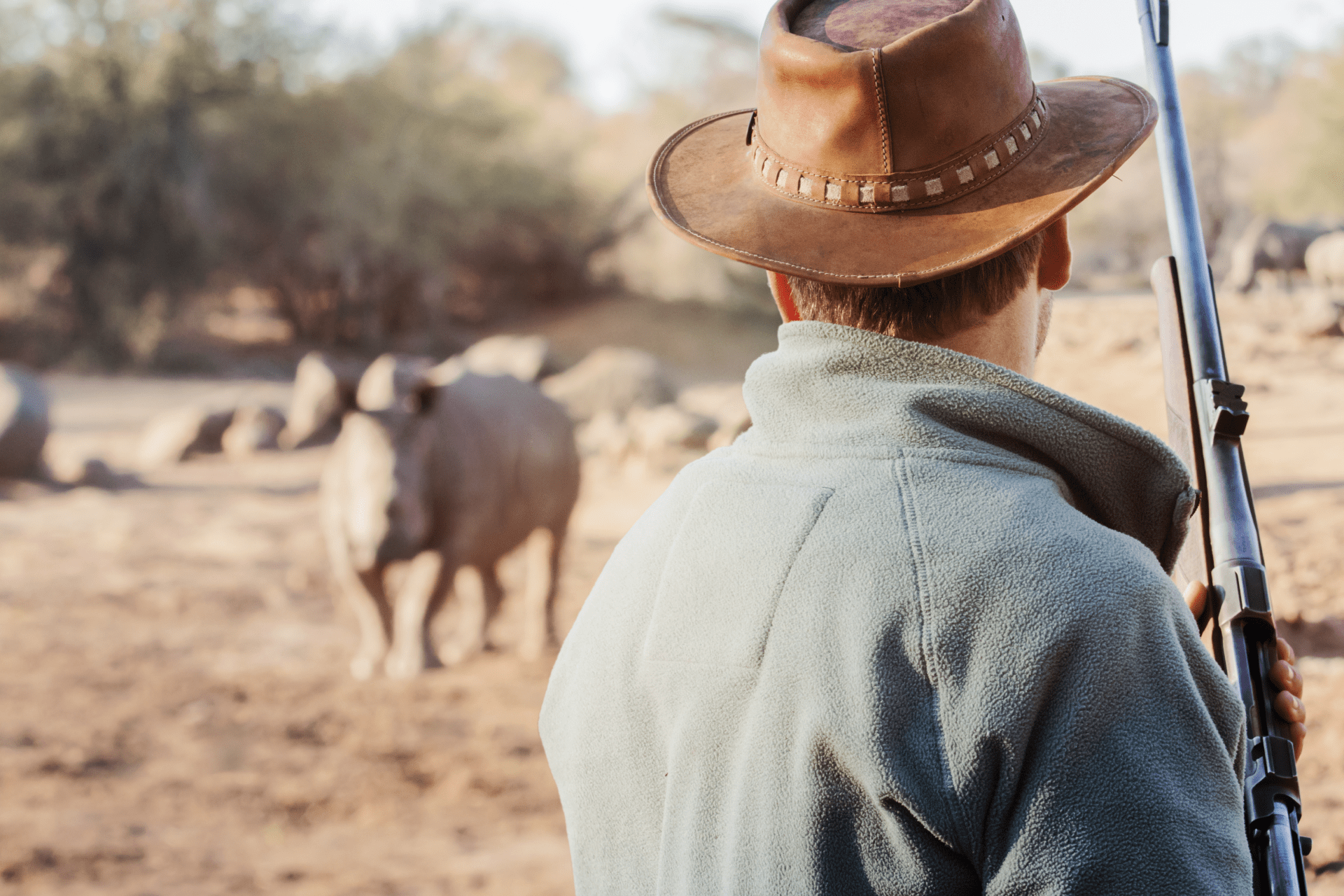Stopping Animal Poaching With AI and Data Annotation
Category: AI insights
Published date: 25.01.2022
Read time: 6 min
According to a report from the United Nations, animal poaching is a business that is global; lucrative, with high demand driving high prices; and extremely widespread. For example, African elephant populations have fallen from an estimated 12 million a century ago to some 400,000, according to the most recent estimations. Around 1 million animal and plant species are threatened with extinction – many within decades – according to the 2019 Global Assessment Report on Biodiversity and Ecosystem Service. The need to stop wildlife trafficking has gained an increasingly prominent place on the political agenda over the past years. Thanks to AI, organizations and state governments can leverage technology to make better use of limited resources and take a better approach to catch poachers and conserve wildlife.
Let’s take a closer look at how AI can be used to stop poaching and the types of data annotation that are required to create such technology.

How Can AI Be Used to Stop Animal Poaching?
AI and machine learning are playing a key role in assisting law enforcement to take a smarter approach to tracking poachers by being several steps ahead of them. AI can use previous poaching data to identify patterns and predict where the poachers will strike next. One of these systems is PAWS (Protection Assistant for Wildlife Security).
PAWS uses poaching data from the World Wildlife Foundation’s open SMART (Spatial Monitoring and Reporting Tool) and uses game theory in which the player must optimize limited resources to maximize protection against threats and attacks. In this way, the model can build the most efficient routes for the rangers, taking into account the historical data.
They will be used on the territory where only 100 rangers are working on patrol in 2 thousand square kilometers of the park. PAWS first divides the park into separate 1 km squares and then assigns a risk factor to each square based on where the hunters were previously found. This is data collected by the SMART system over the past ten years. The system then suggests patrol routes in areas of greatest risk. These proposals change over time as poachers adjust to the actions of the rangers. The routes are also influenced by the season, the location of paths, rivers, and roads; weather, and topographic conditions.
Anti-Poaching Cameras
Computer vision cameras are great tools that can help park rangers and organizations detect and prevent animal poaching. TrailGuard AI offers cameras that can stop poachers in their tracks. It is already being used in national parks to protect wildlife, apprehend poachers and even help government agencies break up illegal organizations that are profiting from the illegal trade of animals.
The cameras are small and easily concealed along trails. TrailGuard AI can detect humans in the images and relay the photos that contain humans to park headquarters via Global System for Mobiles (GSM), long-range radio, or satellite networks. The technology was field-tested in a reserve in East Africa, where it helped to arrest 30 poachers and seize 1300 pounds of bushmeat.
The TrailGuard AI camera uses tiny Intel Movidius Vision Processing Units (VPUs) for image processing, running deep neural network algorithms for object detection and image classification inside the camera. If the camera detects humans among the motion-activated images, the camera triggers electronic alerts to park personnel so they can mobilize rangers.
What Data Annotation is Needed to Create Such Technology?
Since the AI systems need to accurately detect various signs of poaching, researchers rely on human data annotators to prepare the training dataset to help train the machine learning algorithms. To better understand the types of video annotation involved, let’s take a look at the image below:

In the image above we see that a bounding box is drawn around a human and an elephant and labels were placed on them by the data annotators. Such 2D bounding boxes and labeling would need to be done for every type of endangered species that are protected.
Trust Mind Support With All of Your Data Annotation Needs
Creating AI technologies that correctly identify animal species and simplify the jobs of park rangers and NGOs with a high level of accuracy requires significant data annotation. However, such work is very time tedious, and time-consuming, which is why a lot of companies choose to outsource these tasks to Mindy Support. Mindy Support is one of the leading European vendors for data annotation and business process outsourcing, trusted by several Fortune 500 and GAFAM companies, as well as innovative startups. With 9 years of experience under our belt and 10 locations in Cyprus, Poland, Ukraine, and other geographies globally, Mindy Support’s team now stands strong with 2000+ professionals helping companies with their most advanced data annotation challenges.




